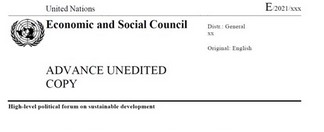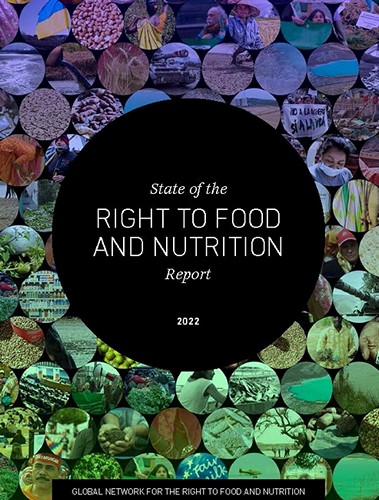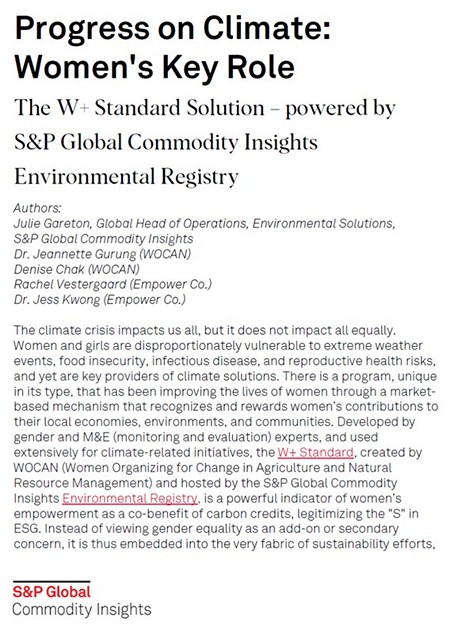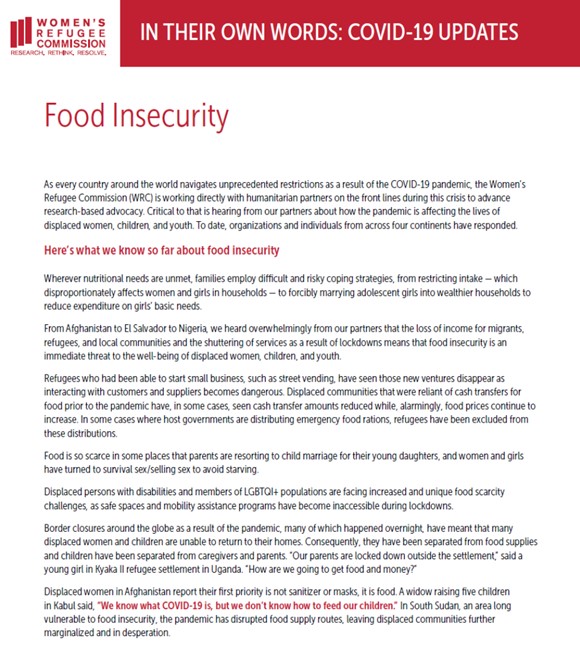UN S-G 2021 Report on the SDG’s – Goal 5 on Gender Equality& Empowerment +
Извор: WUNRN – 09.06.2021

UN S-G 2021 Report on the SDG’s – Goal 5 on Gender Equality& Empowerment +
Direct Link to Full 32-Page Report
SDG Goal 5. Achieve gender equality and empower all women and girl
62. The socio-economic impacts of COVID-19 have adversely affected progress made in recent years in relation to gender equality: violence against women and girls has intensified; child marriage, on the decline in recent years, is also expected to increase; whilst increased care work at home is affecting women disproportionately. The pandemic has highlighted the need to act swiftly to address existing gender inequality that remains pervasive globally and get back on track to achieve the goal of gender equality.Women have played a critical role in the response to COVID-19, as frontline health providers, care providers and as managers and leaders of the response and recovery efforts. Yet, they remain under-represented in critical leadership positions and their rights and priorities are often not explicitly addressed in response and recovery measures. The crisis presents the opportunity to re-shape and rebuild systems, laws, policies and institutions to advance gender equality.
63. Discriminatory laws and legal gaps continue to prevent women from enjoying their human rights. Based on 2020 data from 95 countries and territories, more than half of them lacked quotas for women in national parliament; while 83% of the countries included budgetary commitments to implement legislation addressing violence against women, 63% continued to lack rape laws based on the principle of consent; although over 90% of countries and territories mandate nondiscrimination on the basis of gender in employment, almost half of them continued to restrict women from working in certain jobs or industries; and almost a quarter of countries and territories, did not grant women equal rights with men to enter marriage and initiate divorce.
64. New estimates based on surveys from 2000 to 2018 confirm that nearly 1 in 3 women, that is 736 million women, have been subjected to physical and/or sexual violence by a husband or intimate partner or sexual violence by a non-partner at least once in their lifetime since the age of 15 – a number that has remained largely unchanged over the past decade. Intimate partner violence starts early with nearly 24% of adolescent girls 15-19 years old and 26% of young women aged 20-24 years who have ever had a partner or been married being subjected already to this violence.
65. Over the past decade, the practice of child marriage has declined significantly, with the global proportion of young women who were married as children decreasing by 15%, from nearly 1 in 4 in 2010 to 1 in 5 in 2020. Thanks to this progress, the marriages of some 25 million girls have been averted. However, the profound effects of COVID-19 are threatening this progress, with up to 10 million additional girls at risk of child marriage in the next decade as a result of the pandemic.
66. Based on data from 31 countries where the practice is concentrated, at least 200 million girls and women have been subjected to female genital mutilation (FGM). Despite progress, there are still countries where FGM is almost universal – where at least 9 in 10 girls and women aged 15 to 49 years have been cut. 13
67. On an average day, women spend about 2.5 times as many hours on unpaid domestic work and care work as men, according to the latest data from 90 countries and areas collected between 2001 and 2019.
68. As of 1 January 2021, the global average of women in the single or lower chamber of parliaments reached 25.6%, continuing a slow upward trend that will allow achieving gender parity no sooner than in 40 years, and 36.3% in local deliberative bodies (in 135 countries and territories with data). Only 23 countries have 40% or more women in their lower or single chambers, and 20 countries in local government, most of them through the use of gender quotas.
69. By 2019, women, accounted for nearly 39% of the global labour force, but occupied only 28.3% of managerial positions. This share rose by 3 percentage points since 2000. The pandemic’s disproportional impact on women in the workforce, and especially on female entrepreneurs, threatens to roll back the little progress that has been made in reducing the global gender gap in managerial positions.
70. Data for 2020 from 36 countries show substantial improvement has been achieved in equal inheritance rights (69%) and to a lesser extent in spousal consent for land transactions (61%), while areas pertaining to land registration, customary law and women’s representation in land governance, among others, are lagging behind.
71. Empowering more women with mobile phones has been shown to accelerate social and economic development. However, in the 66 countries and territories with data for 2017 to 2019, mobile phone ownership among women was on average 8.5 percentage point lower than for men.
72. In 2018, 81% of 69 countries with data required improvements to track budget allocations for gender equality. In the COVID-19 context, strengthening these systems, through comprehensive use of gender budgeting tools, will contribute to better targeting of resources for gender responsive recovery.



